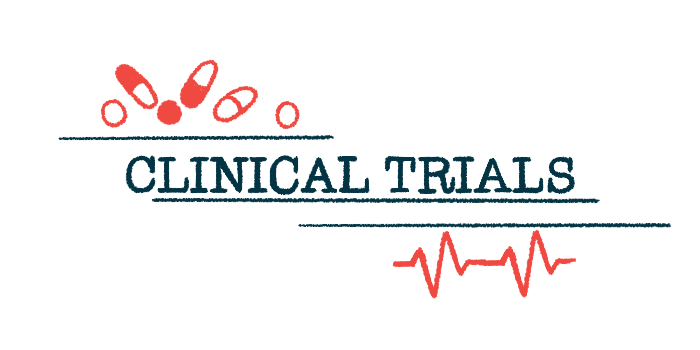Phase 3 trial of SRP-9003 gene therapy in LGMD2E starts screening
Trial to recruit 15 patients, ages 4 and up, who can or can't walk on their own

Sarepta Therapeutics has started screening participants for a Phase 3 clinical trial called EMERGENE that will test its gene therapy candidate SRP-9003 in children with limb-girdle muscular dystrophy type 2E (LGMD2E).
The open-label trial, also known as SRP-9003-301, aims to recruit 15 patients, age 4 and older, with or without the ability to walk independently. It will first include a six-month natural history study to assess the disease progression in the absence of treatment.
The trial’s main goal is to measure the activity of the therapeutic gene, which codes for the muscle protein beta-sarcoglycan, 60 days (two months) after dosing. Functional parameters and safety will also be assessed.
“We are pleased to share our continued progress in advancing SRP-9003, our investigational gene therapy candidate for LGMD2E, a rare form of LGMD with no treatments beyond symptom management,” Louise Rodino-Klapac, PhD, executive vice president, chief scientific officer and head of research and development at Sarepta, said in a company press release.
LGMD2E, also known as LGMDR4, is caused by mutations in the SGCB gene, which limit the production of beta-sarcoglycan. As a result, the formation of the sarcoglycan protein complex is impaired, leading to muscle weakness and wasting, mainly in the hips and shoulders.
SRP-9003 shows promise in Phase 1/2 trial
SRP-9003 (bidridistrogene xeboparvovec) was designed to deliver a healthy version of the SGCB gene and increase the levels of beta-sarcoglycan in skeletal, diaphragm, and cardiac muscle cells. The gene therapy uses a specifically engineered viral vector that contains a DNA sequence intended to propel production of beta-sarcoglycan in the heart, important for people with LGMD2E because of the possibility of cardiac and pulmonary complications.
The Phase 3 trial follows promising results from a small Phase 1/2 trial (NCT03652259) that enrolled six children with LGMD2E, ages 4-13. SRP-9003 was given by intravenous infusion, or directly into the bloodstream, in a single dose. Half the children were infused with a lower dose and the other half with a higher dose.
SRP-9003 was well tolerated and resulted in a significant increase in beta-sarcoglycan levels in muscles after two years. The increase was dose-dependent, meaning beta-sarcoglycan levels were higher in those infused with the higher dose.
This increase was accompanied by improved physical functioning for up to three years, as assessed by the North Star Assessment for Limb-girdle Type Muscular Dystrophies (NSAD). The NSAD assesses parameters linked with daily living activities, such as getting up from the floor and standing on one foot.
“Early results from the SRP-9003 clinical development program demonstrated significant protein expression at both 12 weeks [almost three months] and two years after treatment as well as functional benefits, including slowing progression of this disease, improving mobility, and enhancing the quality of life for individuals living with LGMD2E,” Rodino-Klapac said.





